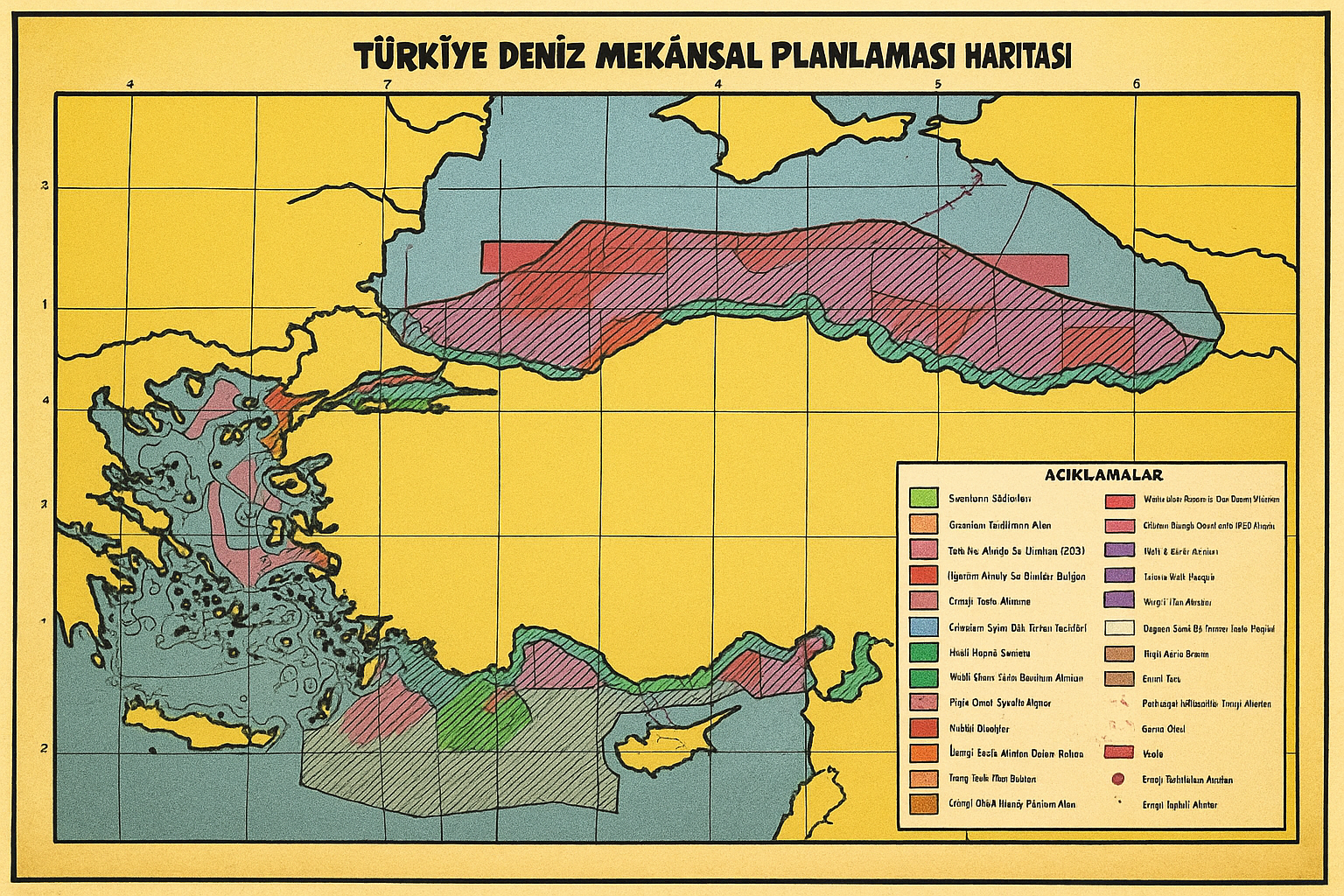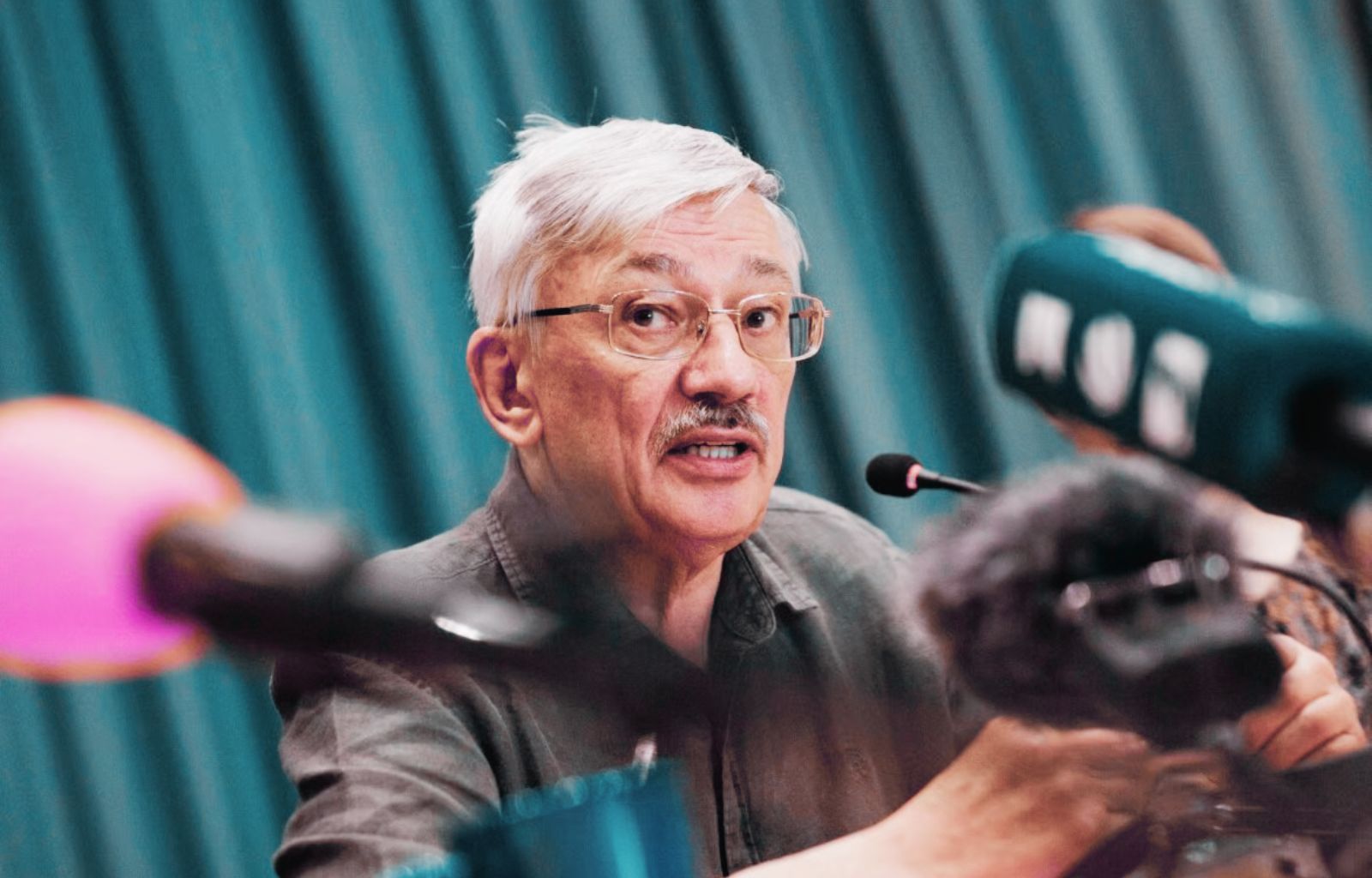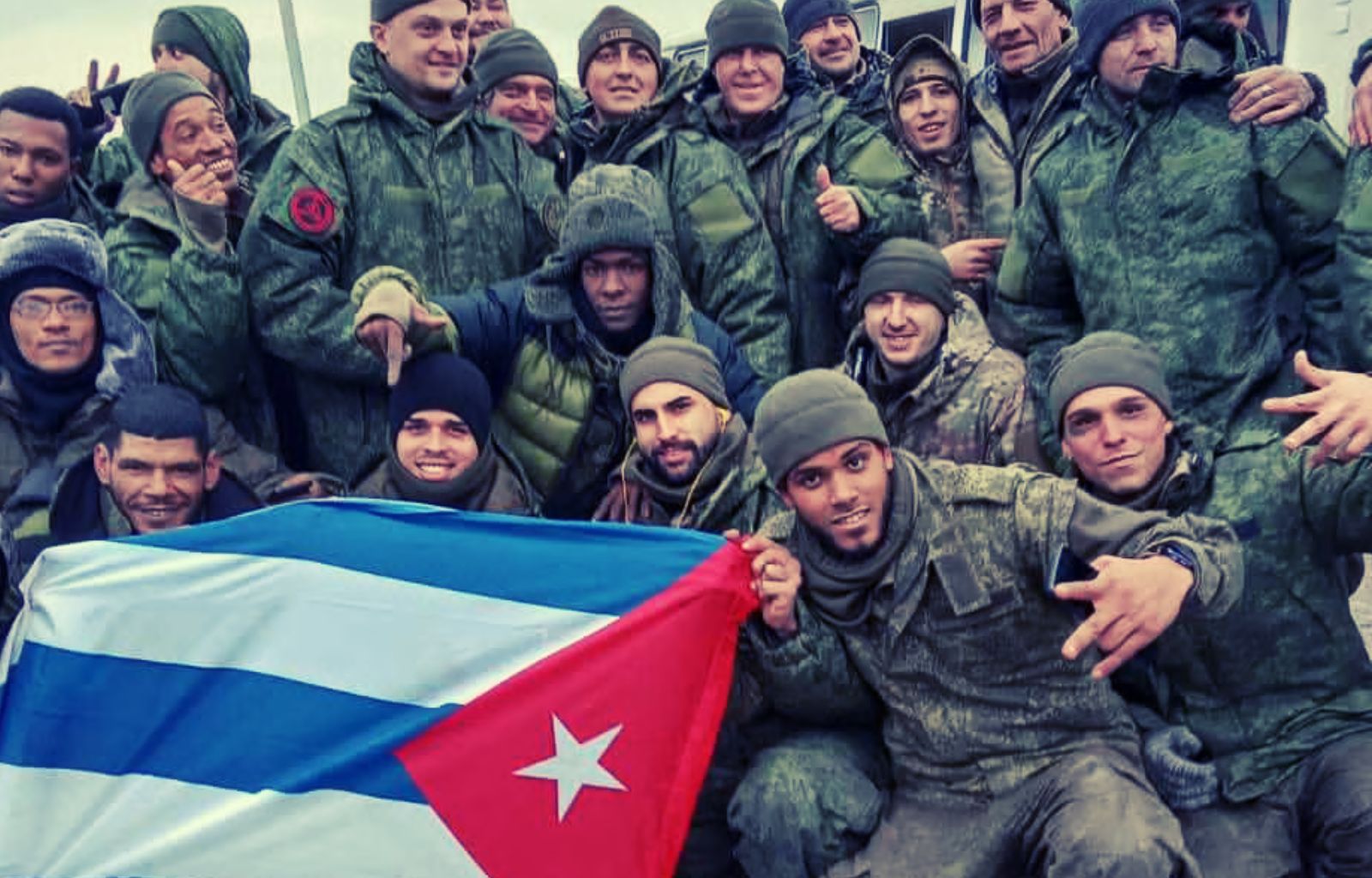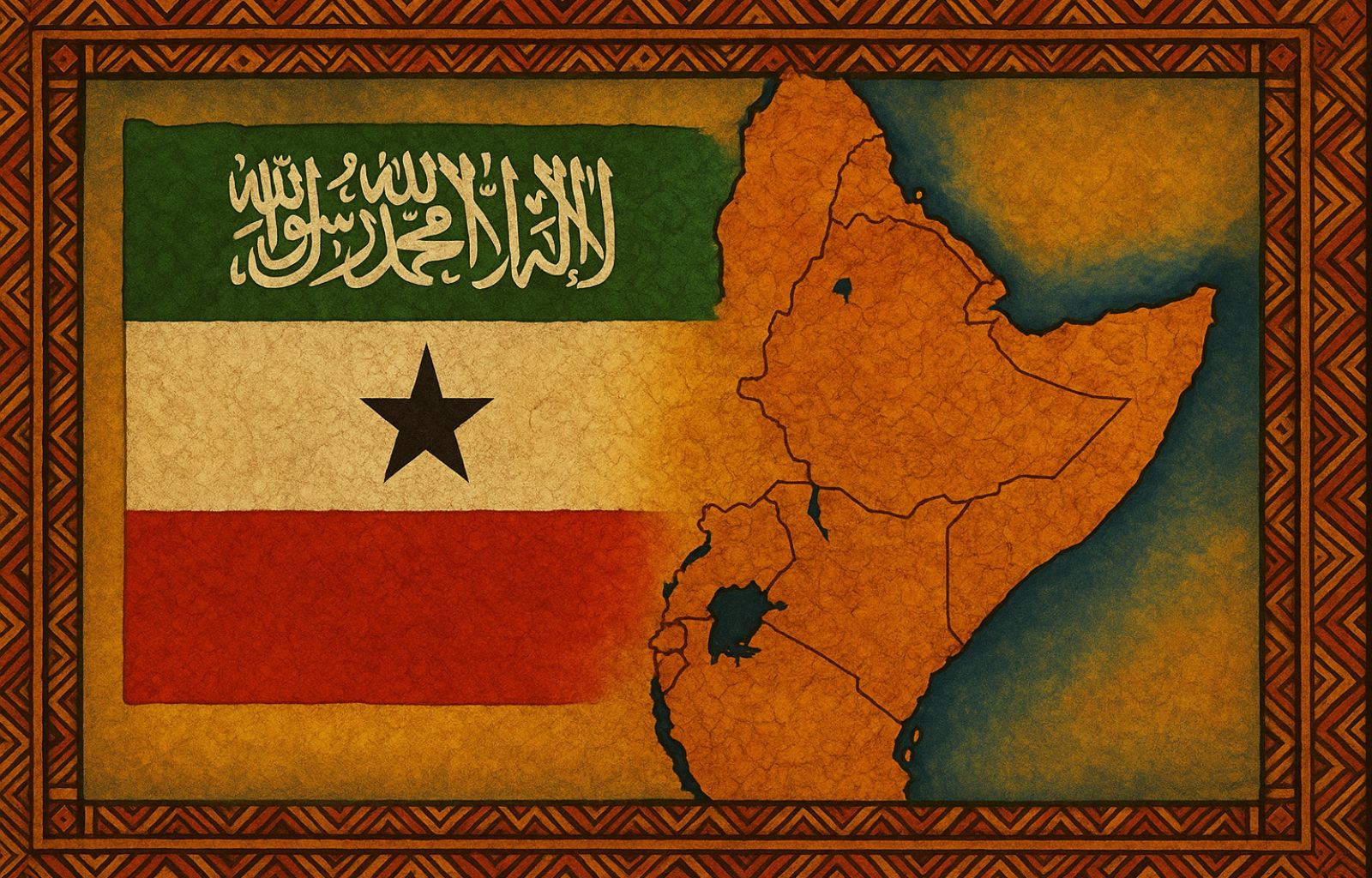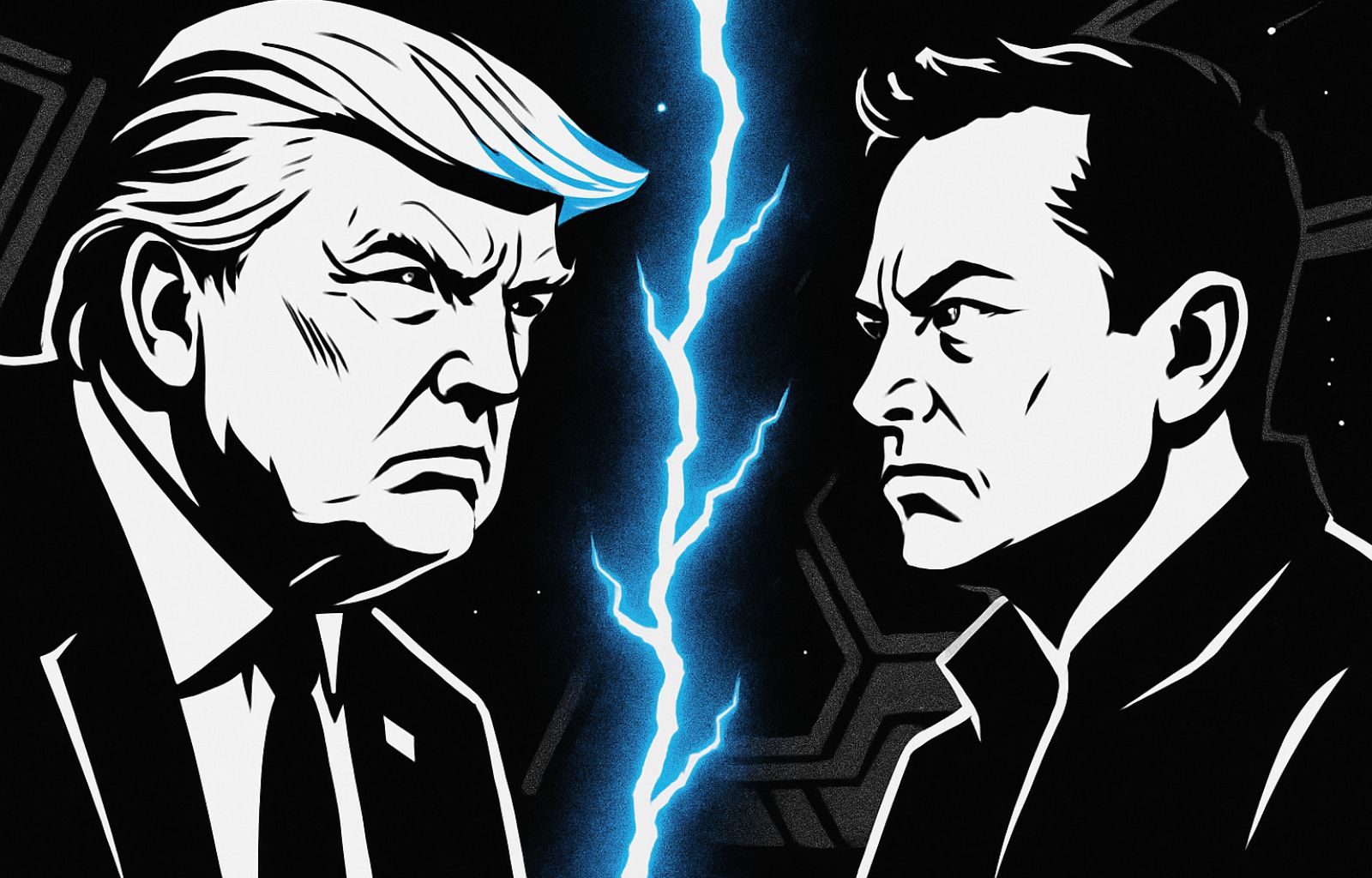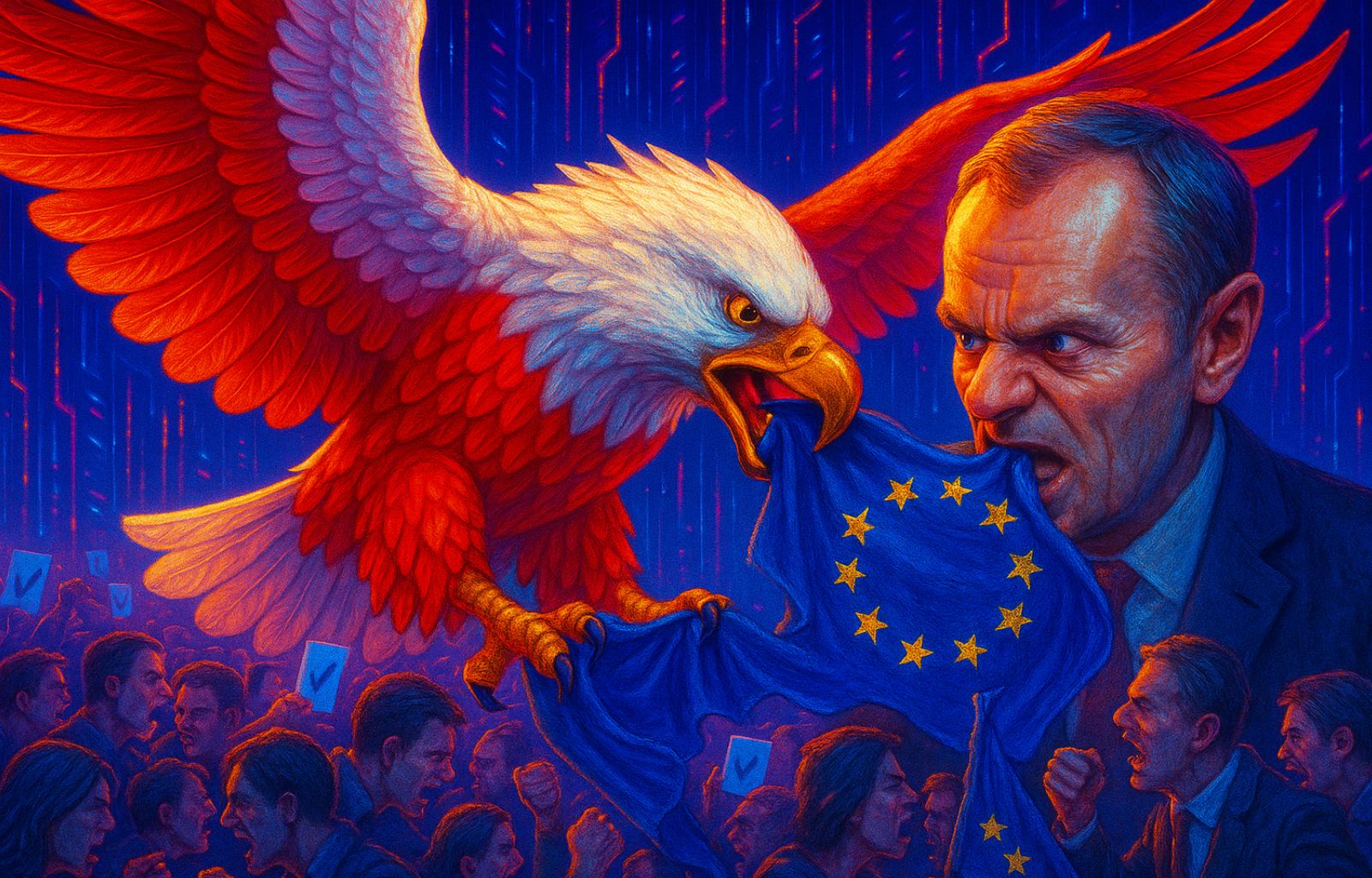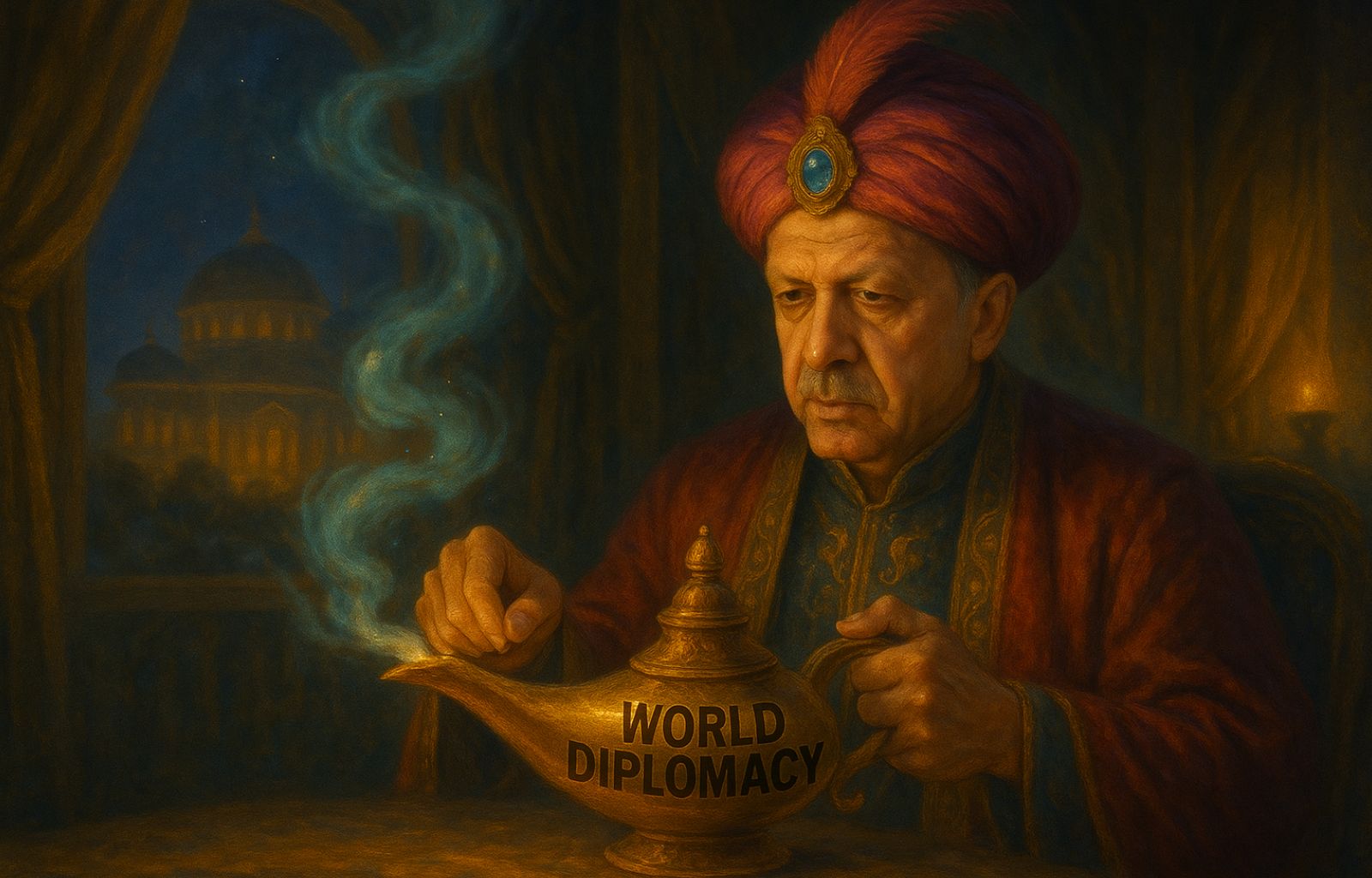The American dilemma: strike, shout, watch
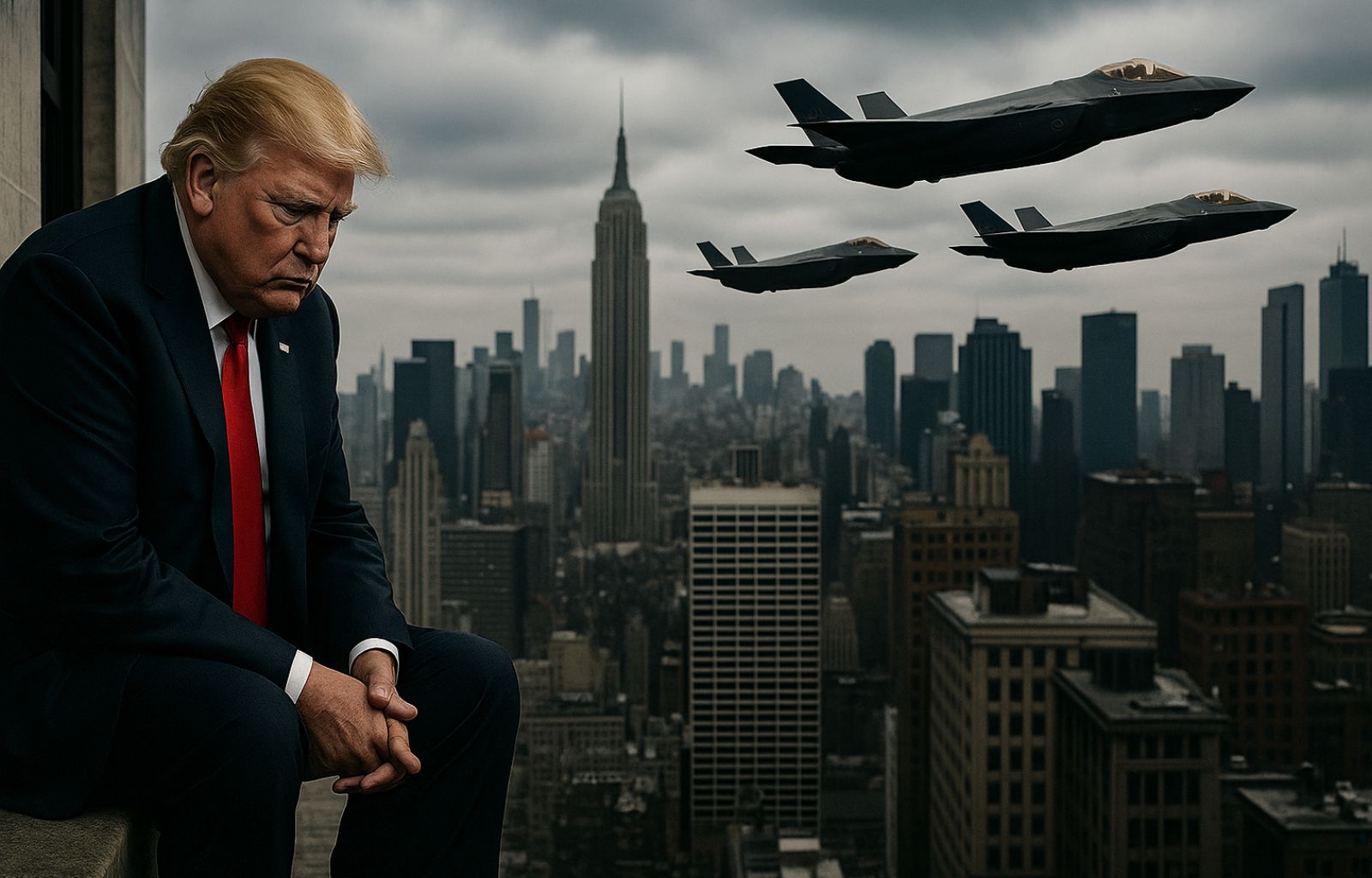
A week after the start of the military crisis between Israel and Iran, increasingly concrete signs are emerging of a possible direct involvement of the United States alongside Tel Aviv. Developments in the last few hours suggest that, behind the diplomatic façade and cautious public statements, Washington is preparing aconcrete and rapidly activatable military option. Elements such as the assertive statements of President Donald Trump, the targeted deployment of advanced warfare assets, and the strategic positioning of air forces in the vicinity of the crisis area, converge towards an operational framework that cannot be ignored.
This potential escalation is set in a context marked by systemic fragilities: Iran appears weakened economically, under internal political pressure and struggling to coordinate its regional proxies. At the same time,American strategic ambiguity is configured as an instrument of multipolar pressure, with repercussions that go beyond the Middle East, touching the balance with Russia and China, the global energy order and the stability of Western alliances.
But beyond the purely military aspects, what makes this phase particularly delicate is the use of political and strategic communication as a consensus-building lever. The Trump administration’s narrative management of the crisis is a laboratory of political storytelling: between ambiguities, vague threats, prefigured scenarios and a strong symbolic charge aimed at delineating a moral conflict between ‘democracy’ and ‘obscurantism’. Within this framework,information becomes a weapon, language becomes a deterrent and the construction of legitimacy passes through the script of war, even before its operational theatre.
Concrete signals and strategic calculation
Several strategic clues suggest that Washington is seriously considering the military option. Firstly, President Donald Trump’s statements have become increasingly assertive: he has spoken openly about the need to end Iran’s nuclear programme, presenting it as the heart of Tehran’s regional aggression. His language, while avoiding official confirmations, has abandoned diplomatic prudence, adopting ultimate and drastic formulas, calibrated to maximise communicative impact.
Secondly, there is a significant operational deployment. F-15s, F-16s and F-35s, accompanied by refuelling aircraft, have taken off from European bases towards the Middle East theatre. Also confirmed is the presence of six B-2 Spirit at the Diego Garcia base: a strategic logistical infrastructure for a possible attack on the Fordo site, a fortified structure that requires GBU-57, penetration bombs capable – in theory – of breaching deep defences.
However, if the intelligence assessments are correct, not even these weapons guarantee immediate success: the site is defended by a concrete and rock shield that requires several concentrated launches, in sequence, to open a breach and penetrate the installations. Even in the absence of an Iranian air reaction, this would still be acomplex and delicate operation, made even more risky by its increasing predictability.
In this framework,US communicative ambiguity represents a refined technique of strategic pressure, useful in the short term but unsustainable in the long run. Flexible deterrence, based on the vagueness of the intervention threshold, allows Washington to keep the initiative in the realm of perception, disorienting Tehran and discouraging the pre-emptive activation of hostile countermeasures.
The timing of this posture is anything but coincidental. The breakdown in negotiations has come at a time of extreme internal vulnerability for Iran: economic crisis, diplomatic isolation, latent social tensions and growing difficulties for regional militias (Hezbollah, Shia forces in Iraq, Houthi). A targeted attack could accentuate these cracks, opening up spaces for internal destabilisation dynamics.

The risks of US-led regime change
However, a direct American intervention alongside Israel in the war against Iran would entail unpredictable geopolitical consequences. So far, Russia and China have kept a low profile: outraged observers, but cautious. Russia in order not to break the axis of collaboration with Trump on European and Arctic dossiers; China because of its strategic interest in the stability of the oil straits, crucial for its energy supplies. Direct US action would profoundly alter this balance, requiring more than the usual diplomatic handling.
Recent history also demonstrates that the United States excels at bringing down regimes, but struggles in post-conflict management. The lack of a classical colonial tradition makes it difficult to impose lasting nation-building processes. In the absence of a credible transition plan, a decapitated Iran risks becoming a hotbed of internal conflicts and regional expansionist drives. Tensions between Sunnis and Shias could explode, with devastating effects on energy security and Middle East geopolitical stability.
Strategic communication and narrative legitimisation
In terms of strategic communication, the figure of Donald Trump introduces further elements of instability. The contradictory information emerging from his entourage, together with delusional andself-exaltation-oriented public messages, delineate an emotionally unstable decision-making profile with serious implications. His need for personal affirmation risks subordinating strategic choices to narcissistic calculations, reproducing patterns familiar from recent history.
Looking forward, the most sustainable framework remains that of endogenous change in Iran, the result of autonomous popular pressure. The push from below could exploit the weakening of the regime to launch an authentic democratic transition, free of external impositions. Such an evolution, however difficult, would be the only way to combine strategic interests, regional stability and the liberation of fundamental rights, particularly of Iranian women. A human and geopolitical outcome at the same time.
The importance of communication in consensus building
In this scenario, strategic communication is confirmed as a central element in conflict management, not only as an instrument of external pressure, but also as a lever of internal legitimisation. The possibility of a US military intervention is intentionally kept in the ‘grey zone’, a condition of functional ambiguity that allows maximising decision-making flexibility and at the same time constructing a public narrative consistent with the image of assertive leadership that the Trump administration intends to project, especially in electoral terms.
The use of drastic and ultimate formulas, alongside tactical silences and contradictory statements, produces a communication that may appear schizophrenic but is actually calibrated to generate attention, uncertainty and deterrence. This double register – assertive and ambiguous – is an integral part of a narrative strategy that aims to build consensus through the performativity of power, in which each statement contributes to defining an imaginary of strength, protection and inevitability.
The narrative framing adopted moves along precise ideological coordinates: the destruction of the Iranian nuclear programme is not only presented as a strategic objective, but as a civilising mission, as a confrontation between democratic modernity and theocratic obscurantism. In this context, Israel assumes the role of a legitimate partner and outpost of Western civilisation, while Iran is described as an existential threat. The alignment between Trump and Netanyahu is not only geopolitical, but rhetorical and discursive: both draw on a lexicon that speaks of national identity, external threat and survival of the Western model.
Military weighting with strategic key, the risks of targeted attack
In parallel, the operational intelligence of the last few hours reinforces this narrative strategy. The US seems to be setting up a military deployment specifically oriented towards the destruction of Iran’s fortified nuclear facilities, a goal that cannot be reached by Israeli forces with their conventional means. The possible use of GBU-57s, penetration bombs of enormous power, carried by B-2 Spirit, suggests preparation for a mission of high technical and symbolic intensity. However, even with these tools, success is not guaranteed: several sorties, concentrated in one place, would be needed to break through the concrete protection and gain access to the installations.
The predictability of the attack makes the mission even more risky, since the Iranians – if there is still an efficient chain of command – are most likely implementing defensive countermeasures. In any case, the setting up of such a device has a symbolic and political significance that goes beyond the mere operational dimension.
Trump could use the threat of intervention as a tool for diplomatic pressure or, alternatively, decide to turn it into real action for immediate media success. His political condition – characterised by internal polarisation and narrative instability – makes it difficult to predict which path he will prefer. The erratic behaviour of his administration and the mixed messages disseminated by his staff suggest that the decision-making process is strongly influenced by personal, emotional and media factors, rather than by a coherent strategic rationality.
This instability represents a systemic risk, as it introduces an element of unpredictability into the international system that is difficult to contain with traditional diplomatic instruments. At the same time, this chaotic communication proves effective in managing perceptions, both on the domestic front, where it consolidates identity consensus, and on the external front, where it forces adversaries to move in a scenario of constant uncertainty.
Finally, narrative management also serves to discipline allies. Ambiguity makes it possible to keep NATO cohesive, avoid rifts with the EU, and increase pressure on reluctant partners. Every Trump statement, however incoherent, contributes to a strategic mirror game in which form counts as much as content, and in which the war – even before it starts – is played out on the level of perception, consensus and the collective imagination.

The international fallout of yet another Middle East destabilisation
The crisis between Israel and Iran, and the possible direct intervention of the United States, configure an extremely delicate geopolitical dynamic in which military logic, strategic calculations and political narratives are intertwined. The posture assumed by Donald Trump, between tactical ambiguity and rhetorical assertiveness, is functional to a strategy that aims to maximise the deterrent effect without exposing itself to an immediate response. In this sense, the ambivalence of US communication is itself an instrument of power.
However, escalation would not be without systemic costs. Direct US entry into the conflict risks redrawing the international balance, reactivating fault lines with Russia and China and further destabilising an already compromised regional order. The post-conflict unknowns, the well-known US difficulties in nation-building, and the possible triggering of sectarian dynamics between Sunnis and Shiites, call for reflection on the strategic sustainability of any military option.
War is not only played out on the operational terrain, but in the ability of international actors to govern the narrative, structure alliances and preserve the internal cohesion of their geopolitical blocs. In this framework, the posture of the United States will certainly be decisive – but, on its own, hardly decisive.
A political transformation in Iran can only prove stable and lasting if it is accompanied by ashared international architecture, capable of supporting internal evolution and containing any regional drifts. To this end, the real critical variable will be the ability of Western democracies – Europe first and foremost – to articulate a common vision that goes beyond the contingent and recognises the political weight of their own strategic choices. In the absence of unity of purpose, any intervention risks remaining isolated, fuelling instability instead of reducing it.
If the United States decides to intervene, what will Europe do? The answer to this question will say much more than the conflict itself: it will be a test of Western cohesion, of the political credibility of the European project and its ability to act as an autonomous actor in the new global disorder.

